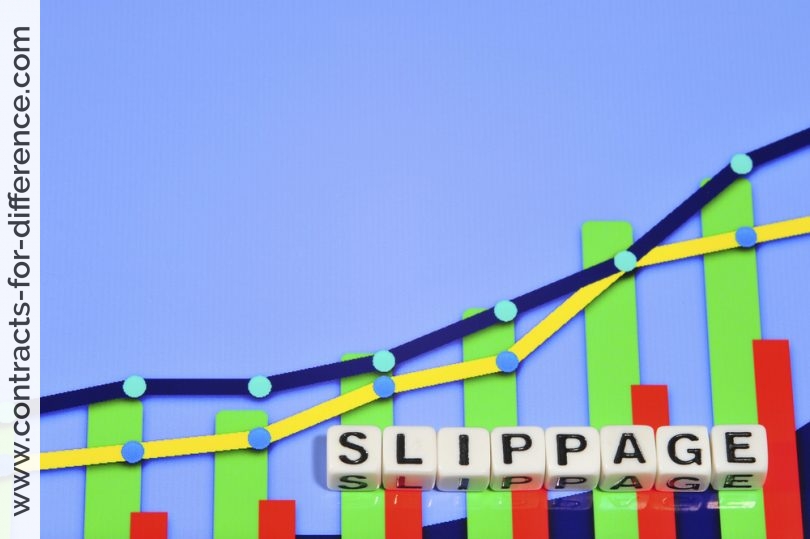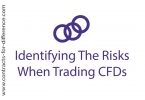Liquidity risk is a reality of trading on any market. When you trade, whether it is with contracts for difference or another financial instrument, you may come across the term ‘slippage’ as a negative factor. Slippage refers to the difference between the price that you thought you were buying or selling at, and the price that your order is confirmed at. Sometimes brokers will be able to improve on the price, but that is an adventitious gain, and not considered as slippage.
Why should slippage occur? There are several reasons for it. One reputedly is the use of brokers who are market makers rather than having direct market access (DMA), who can then choose to manipulate the price. This shouldn’t happen if you stick with the well-known dealers. Another reason is that it may be a fast-moving market, so there is no way to fill your order at the previous price. In this respect, you want a broker or dealer who has shown an ability to execute your orders quickly.
A third problem depends on the market that you’re trading, and that is low liquidity. If there is not much dealing going on in the security you are using, the broker may be unable to find a counterparty for the trade at the price you want. If there aren’t sufficient trades being made in the market for an underlying asset (called a lack of ‘liquidity’), you may be unable to trade CFDs over that asset.
Apart from the first reason, and assuming you have a fair broker, slippage is something which you cannot completely avoid. The other reasons for slippage are all valid reasons that the broker or dealer is unable to execute your order at the price you wanted. As mentioned, you may sometimes also benefit from a price change after your order is placed. These adjustments in price are part of the costs of doing business. You can help yourself by acting swiftly to give your dealer the most opportunity to match the price. The CFD provider may either decline to fill your trades, re-quote you or only agree to process the trade at an inferior price, even if you already have an open CFD position over that underlying asset.
One way to ensure that you do not suffer slippage when you place your order is to specify that it must be filled at a limited price. A market order is the most dangerous one to use, as it will be filled regardless of the price, and in a fast moving market that may be the difference between profit and loss. However, if you limit the price that you will pay, you may miss the opportunity to buy and have to watch helplessly as a good trade takes off without you.
The other place that you will encounter slippage is if your trade is terminated on a stop loss order. It is a fact that a stop loss order becomes a market order when the price is reached, and this does not guarantee that you will receive the amount that you set your stop loss at. Again it depends on liquidity and how fast the market is moving.
For instance, the price of a CFD instrument could fall from $2.78 to $2.74 without ever trading at any of the prices in between. If you had placed a trade to sell this CFD at $2.76, your order may only be executed at $2.74 (or less) or alternatively not executed at all (depending on the order type). In practice, usually the broker will be able to liquidate your position at a price near to your stop loss level, but you may sometimes be disappointed. With some securities you are able to set a guaranteed stop loss level, but you will usually find you pay for this in one way or another.






